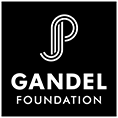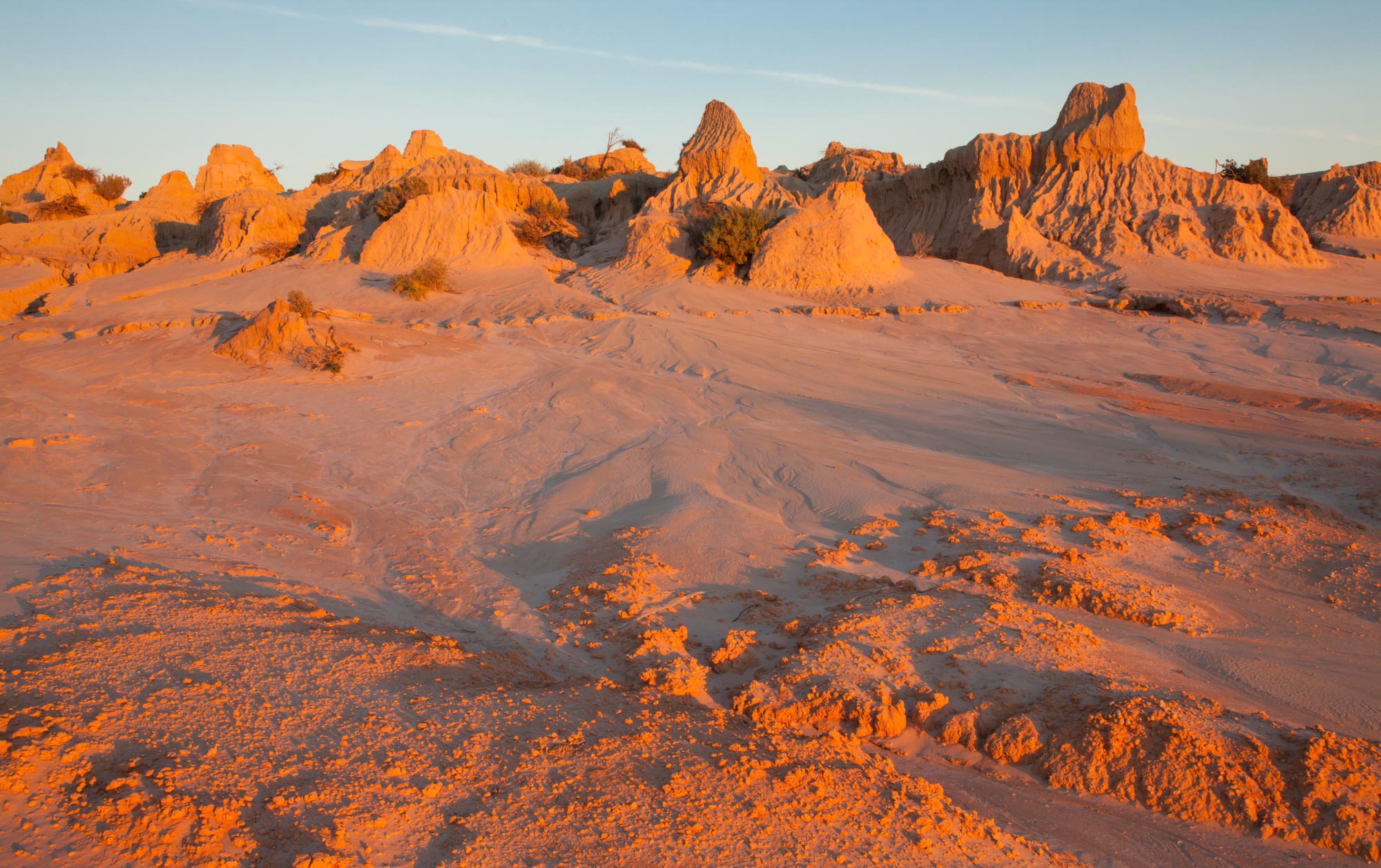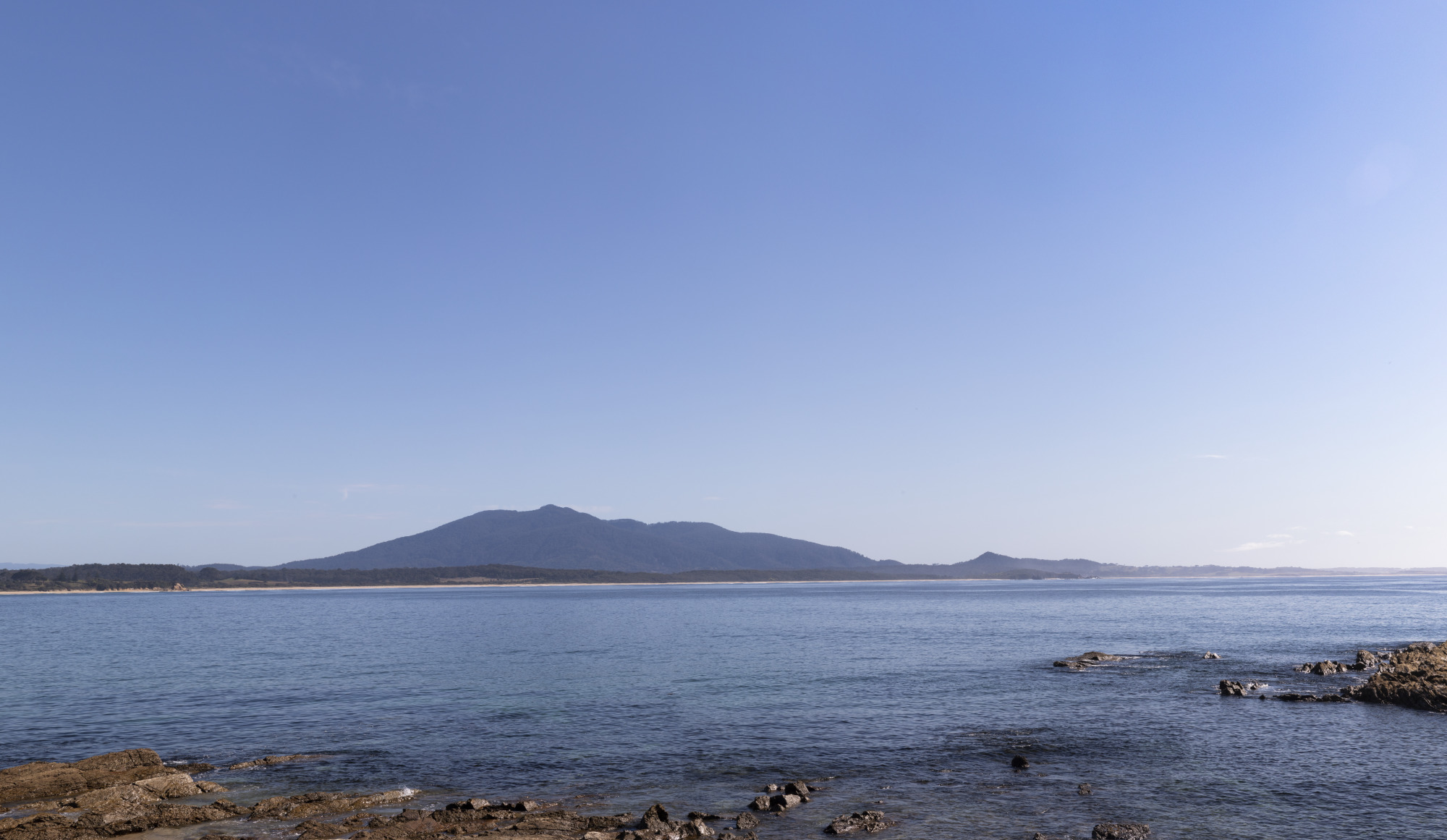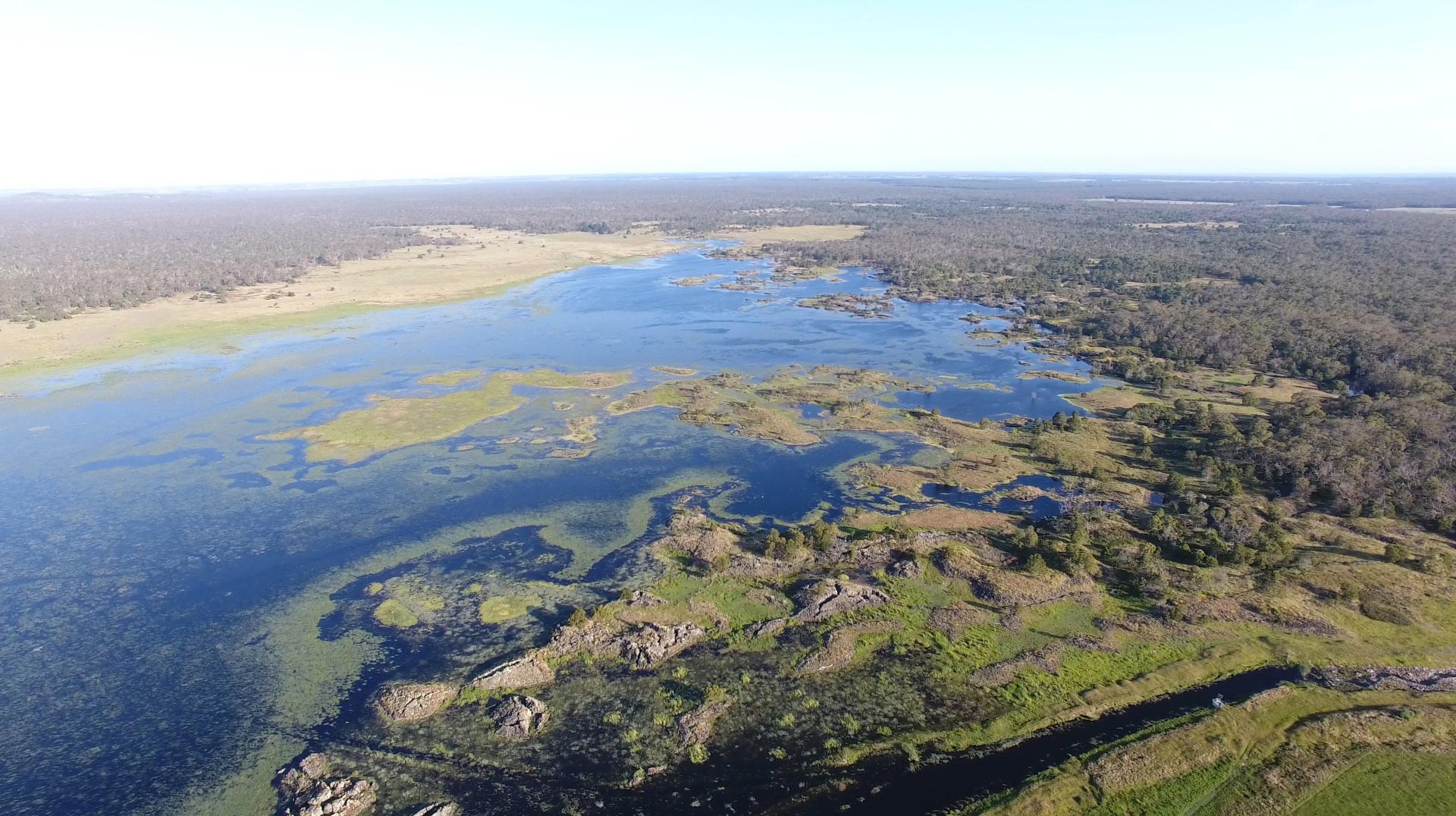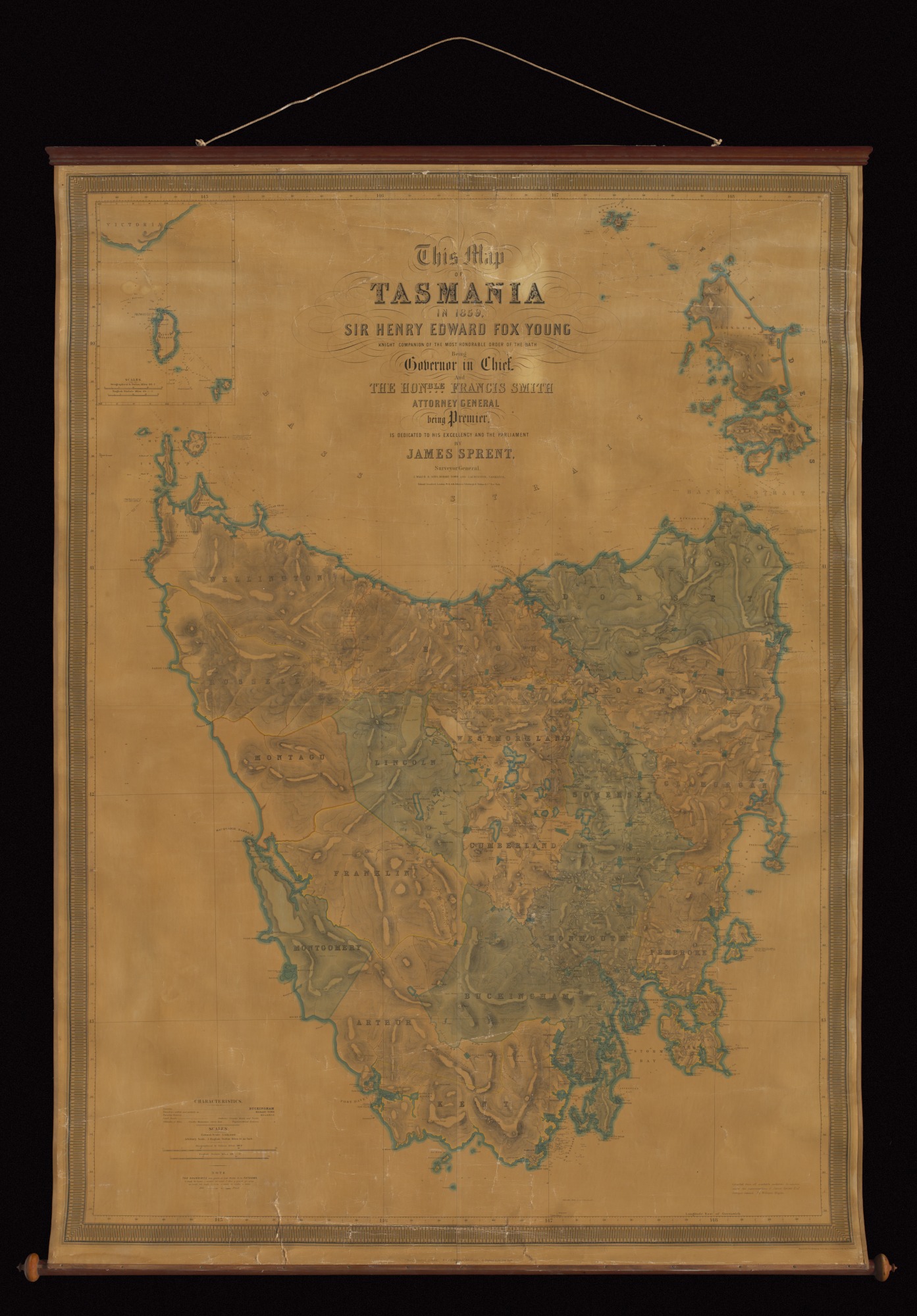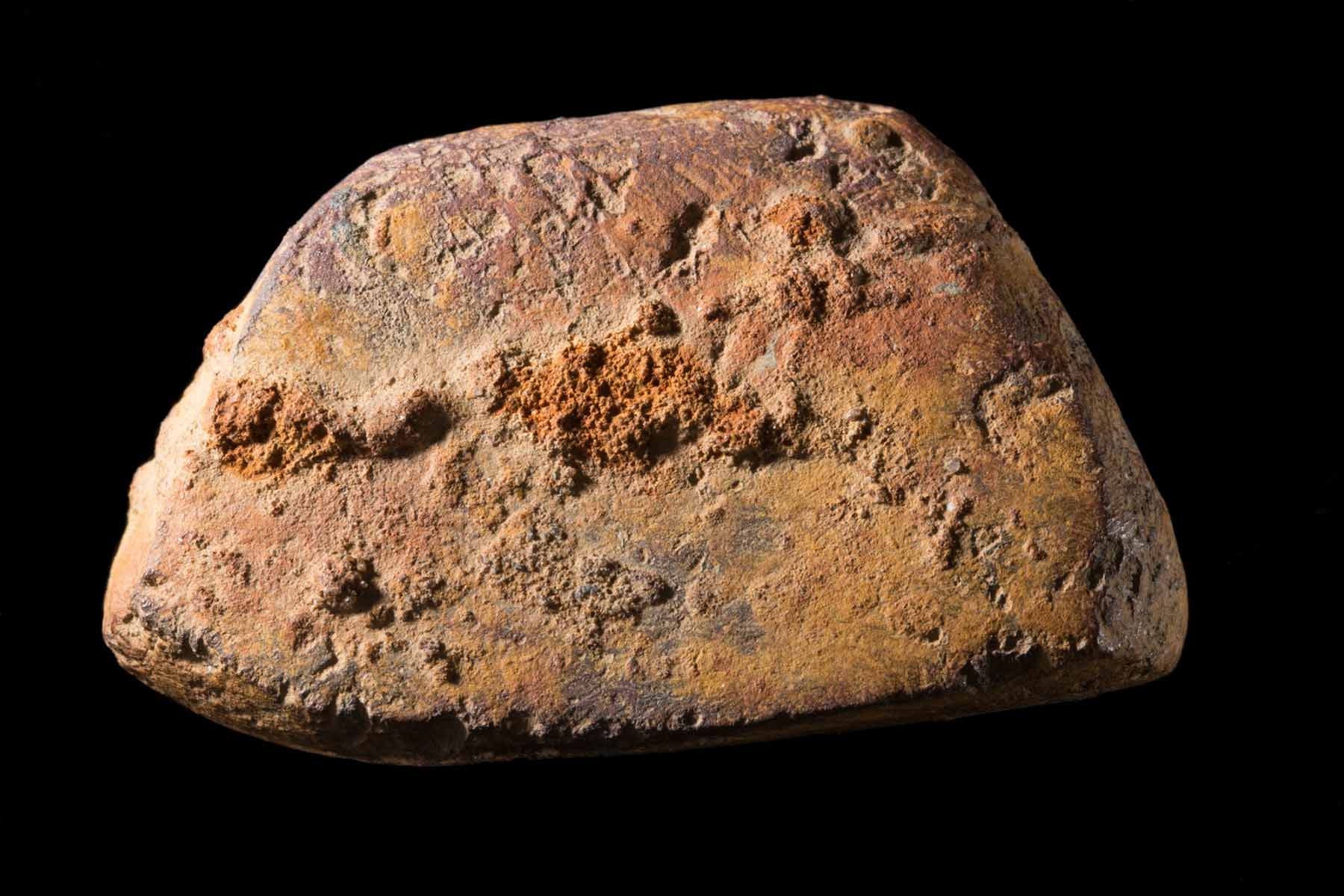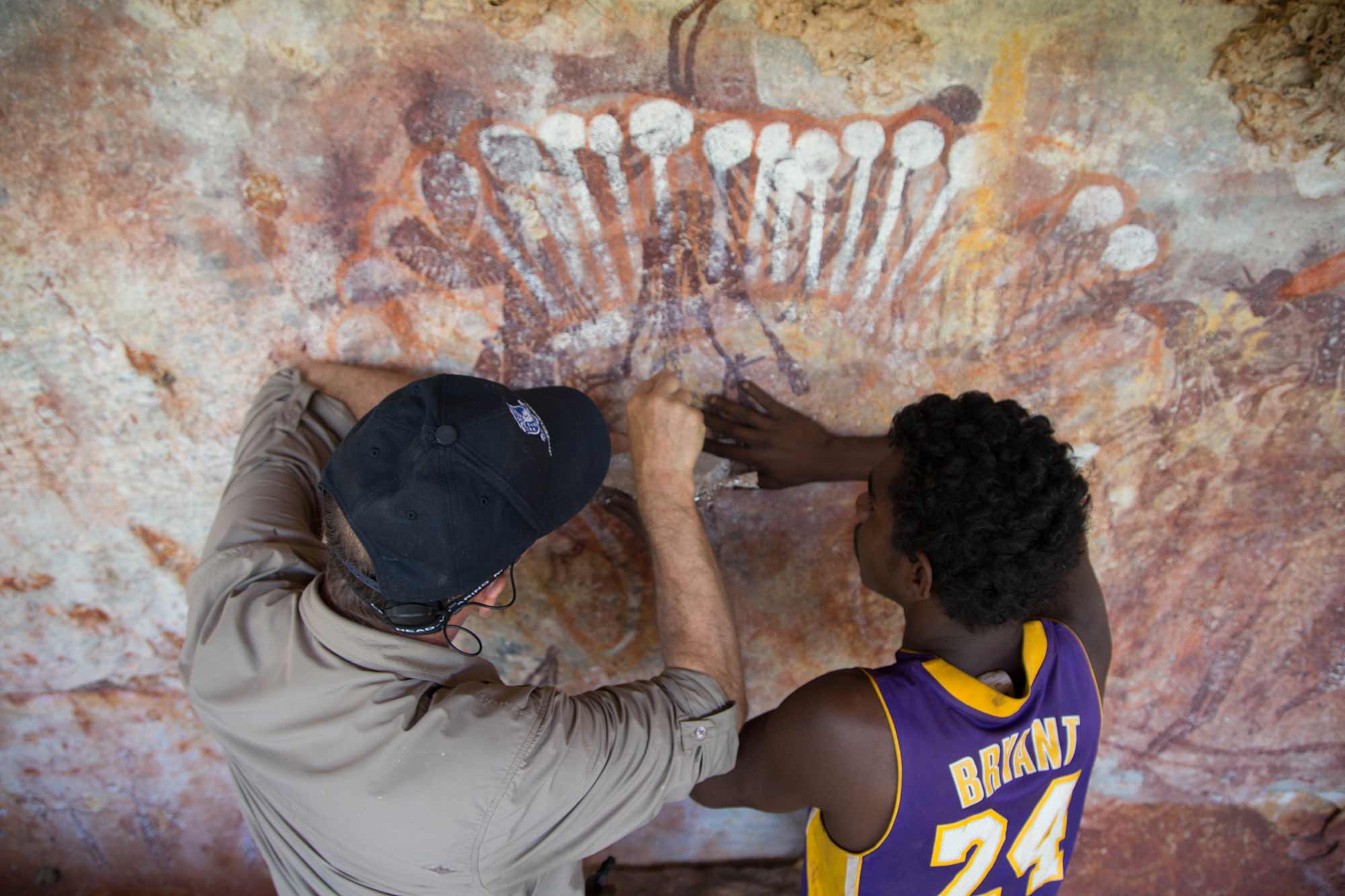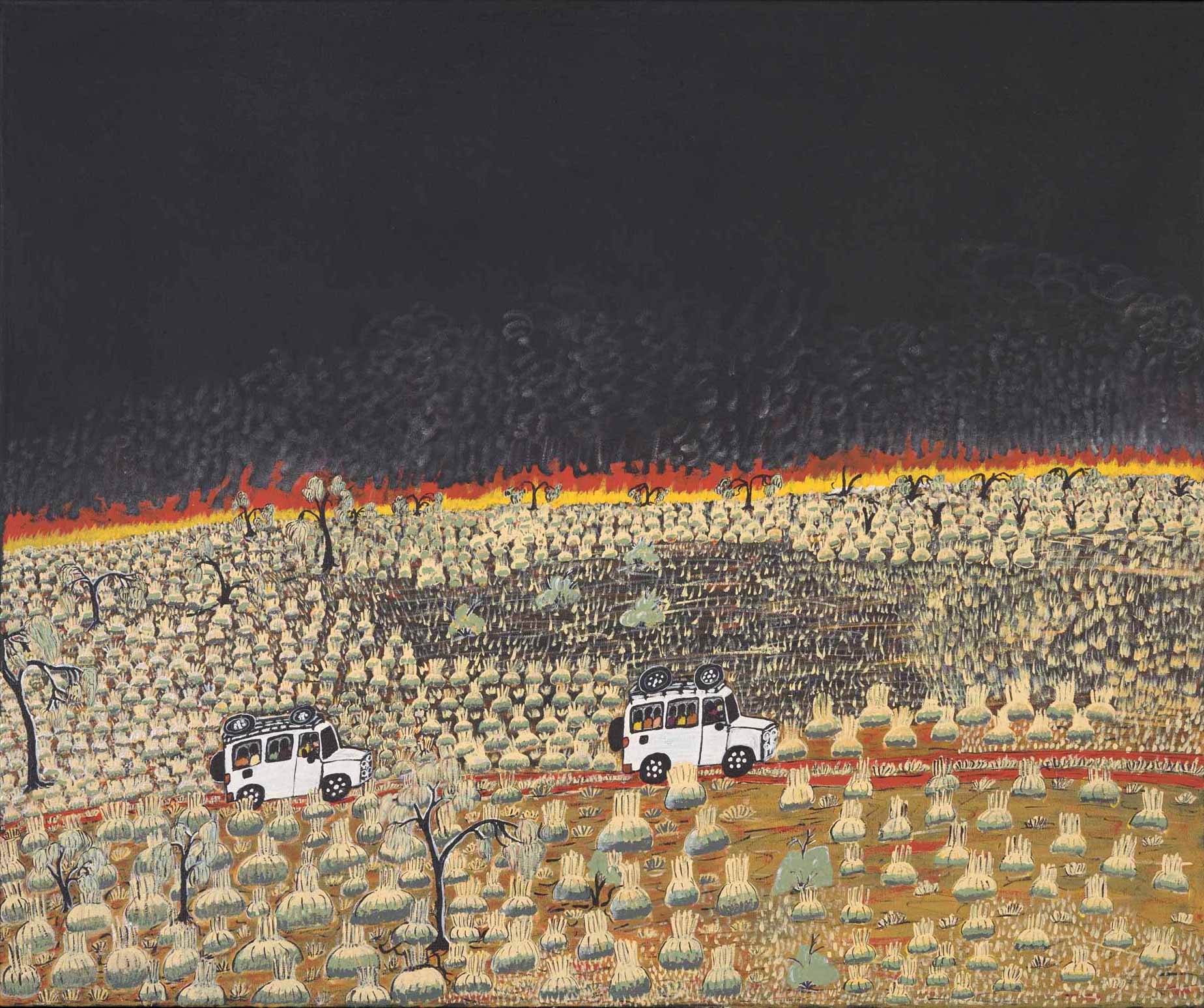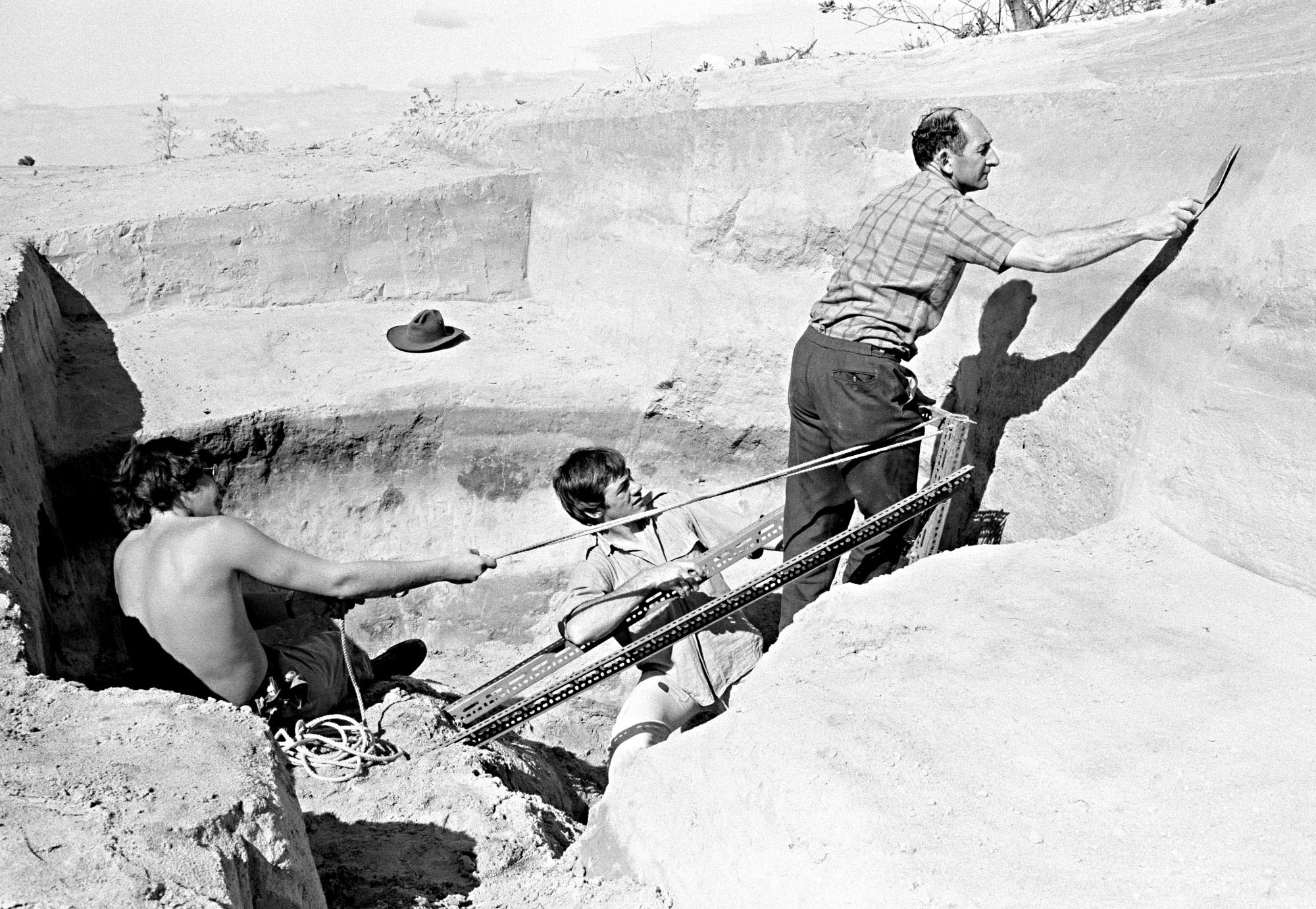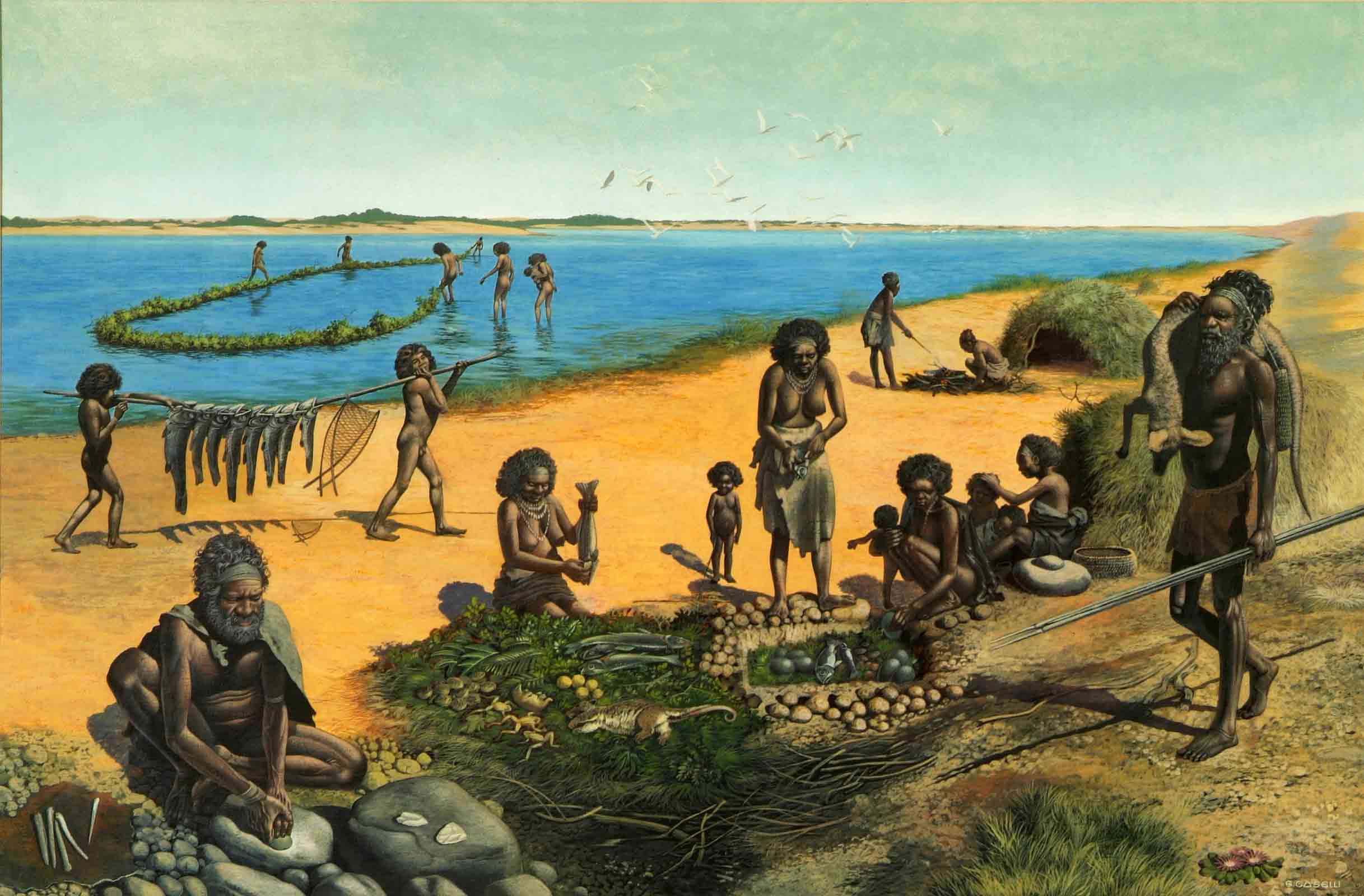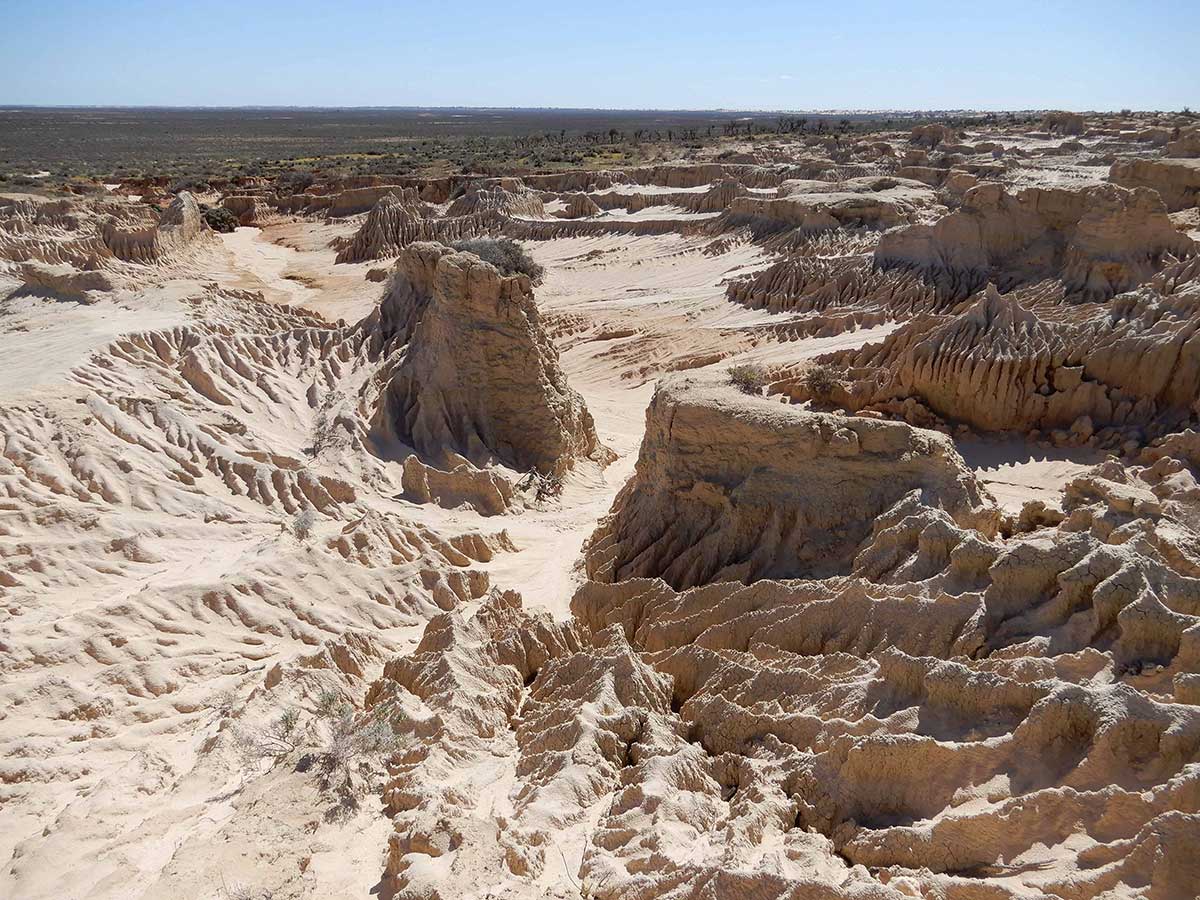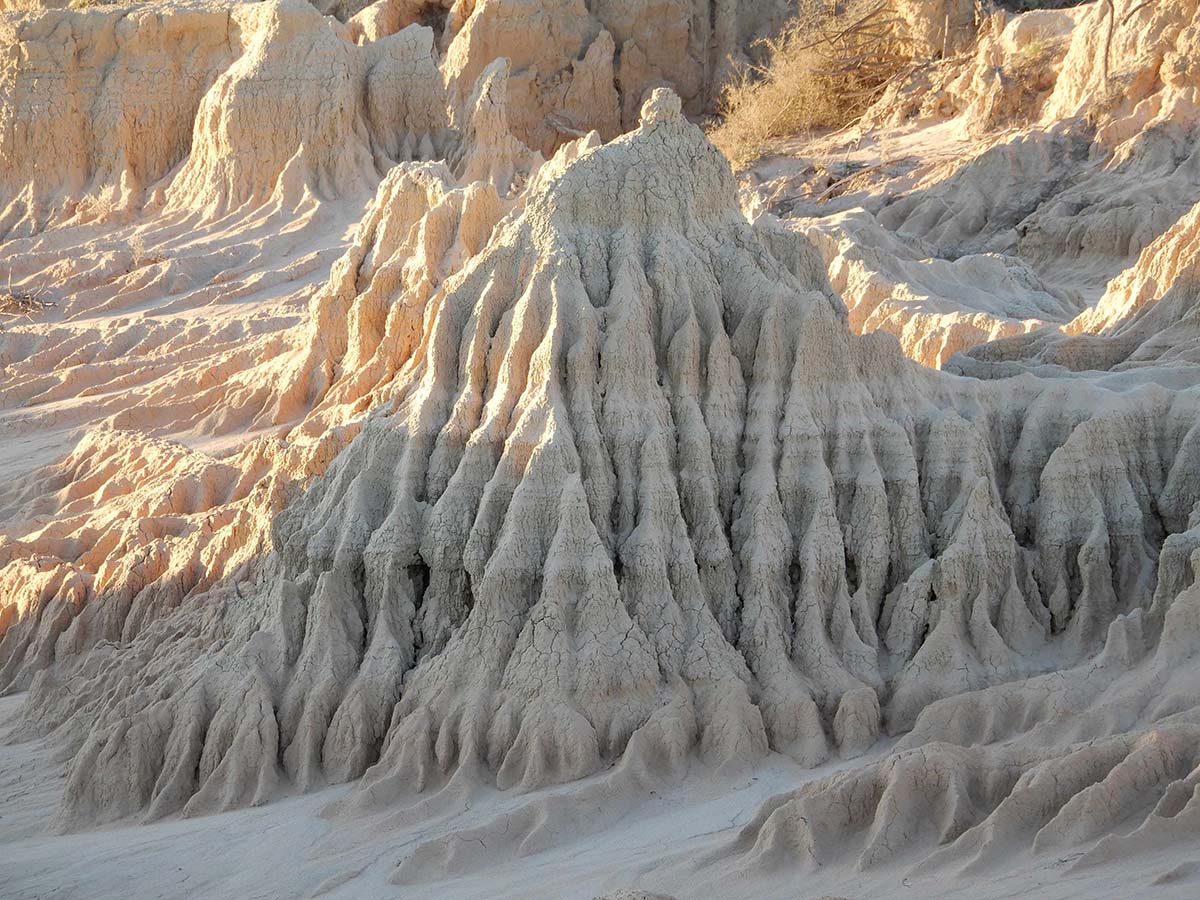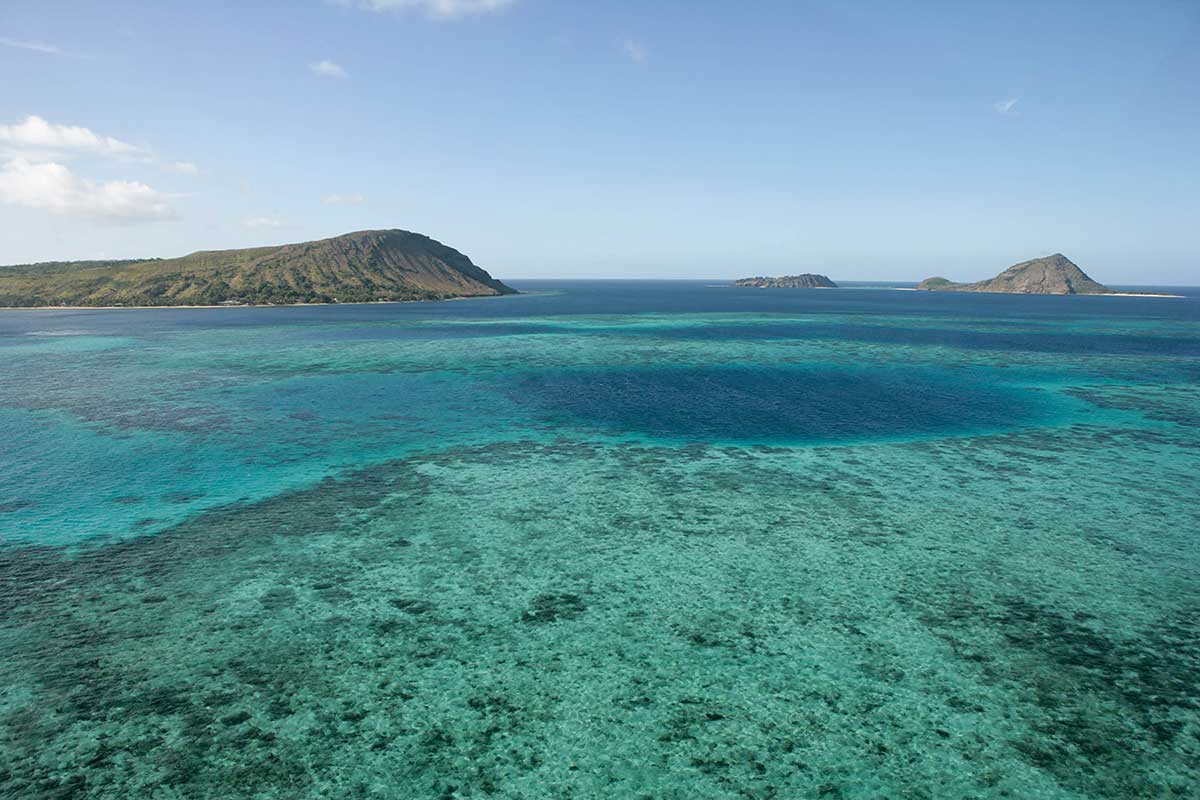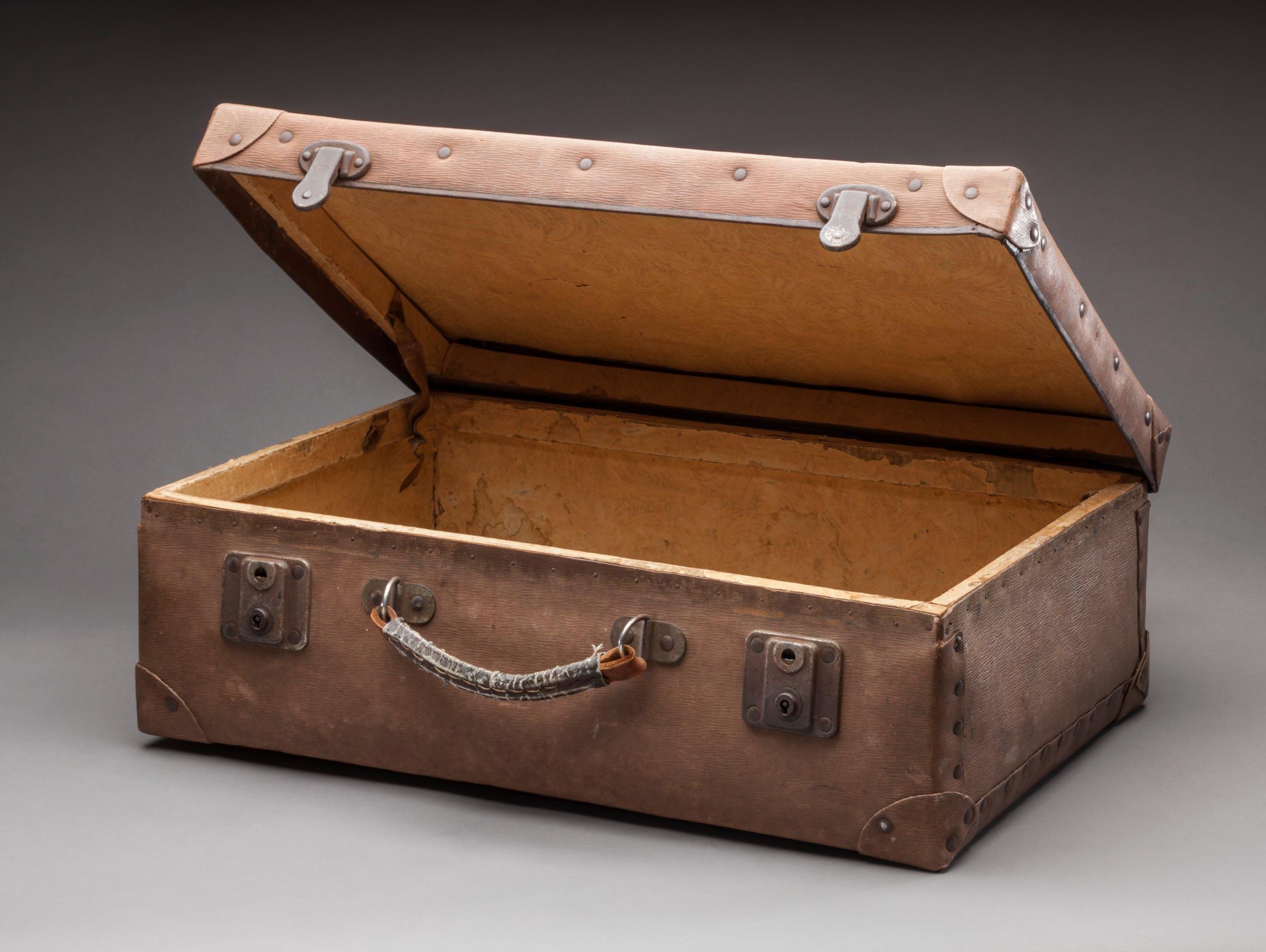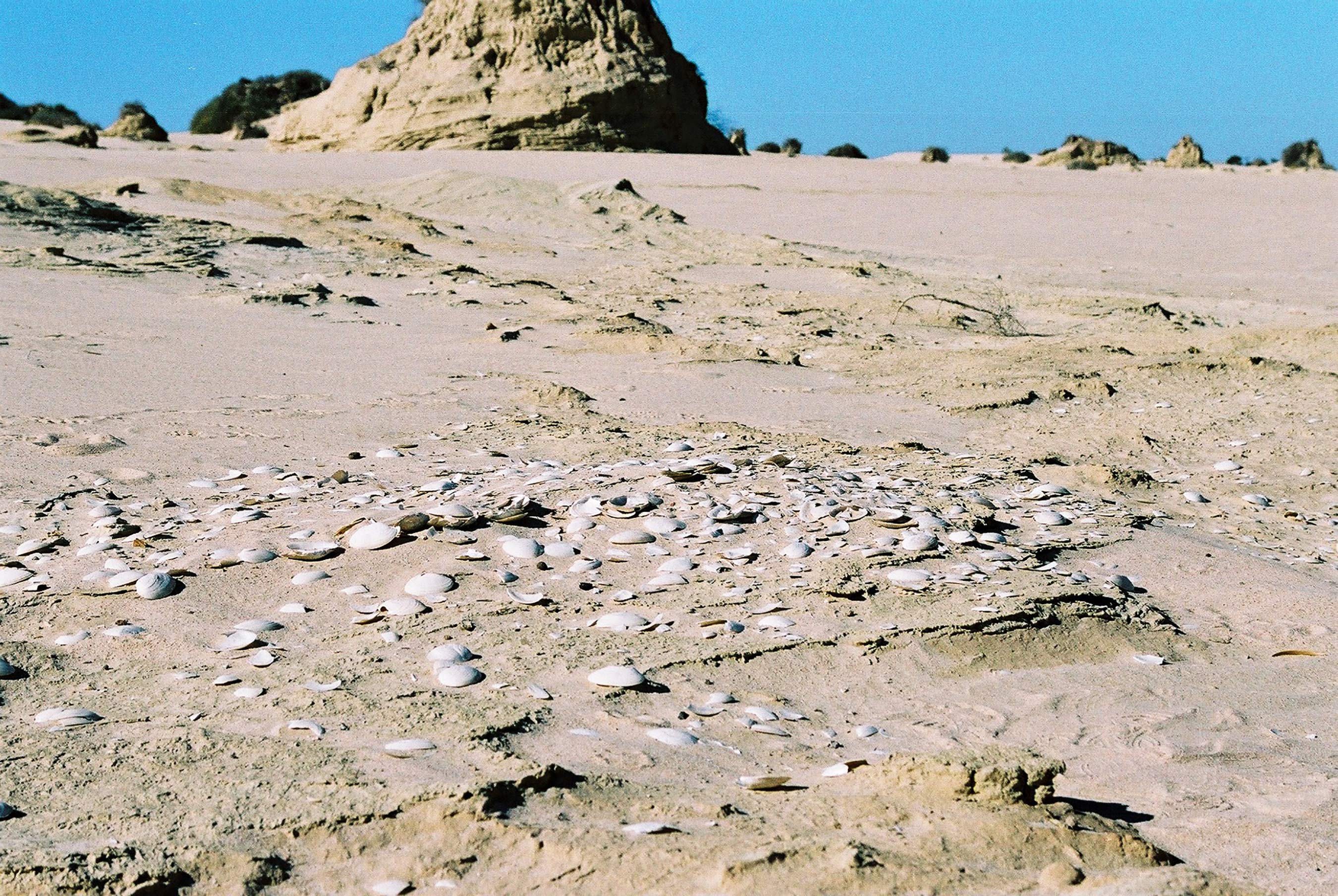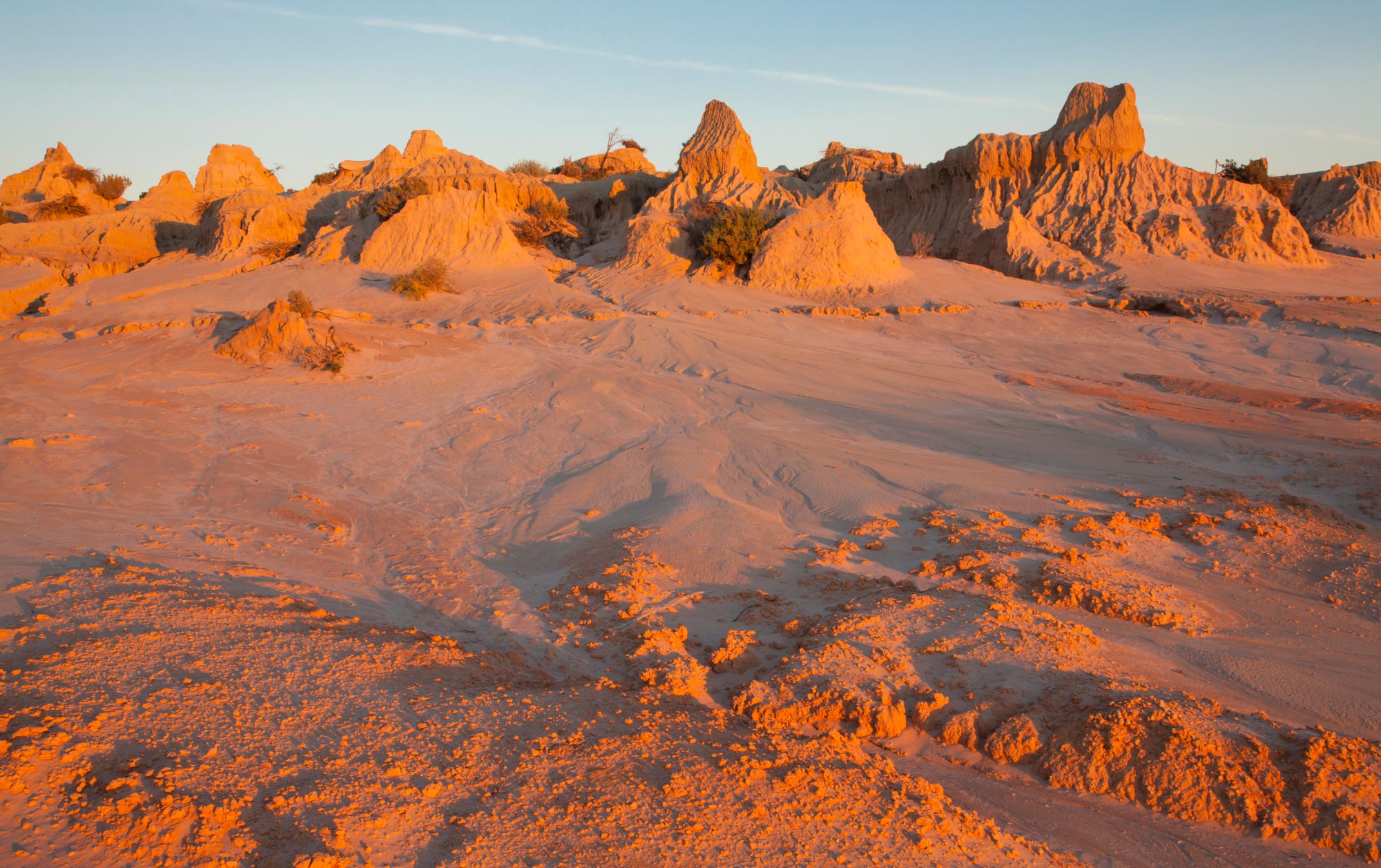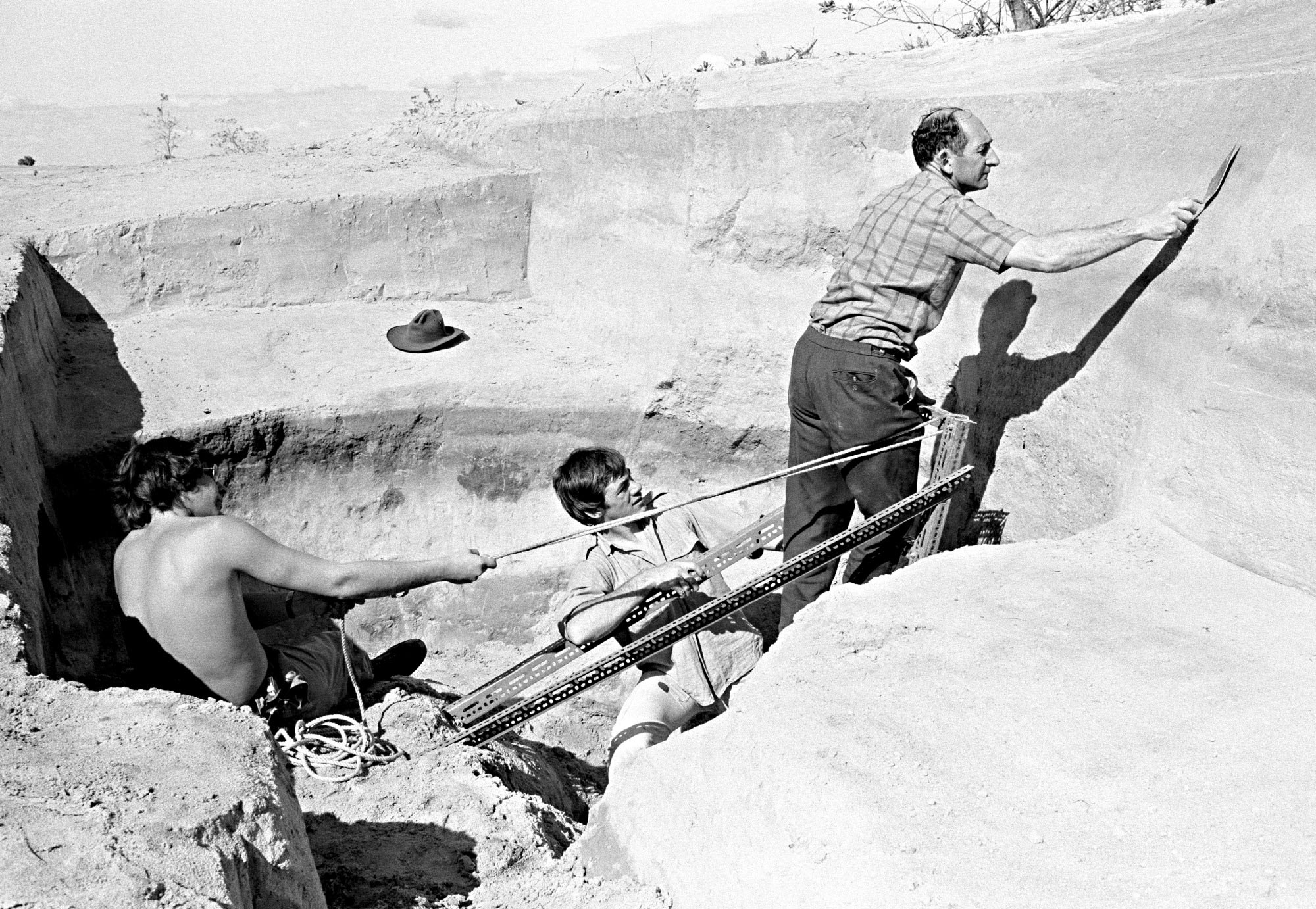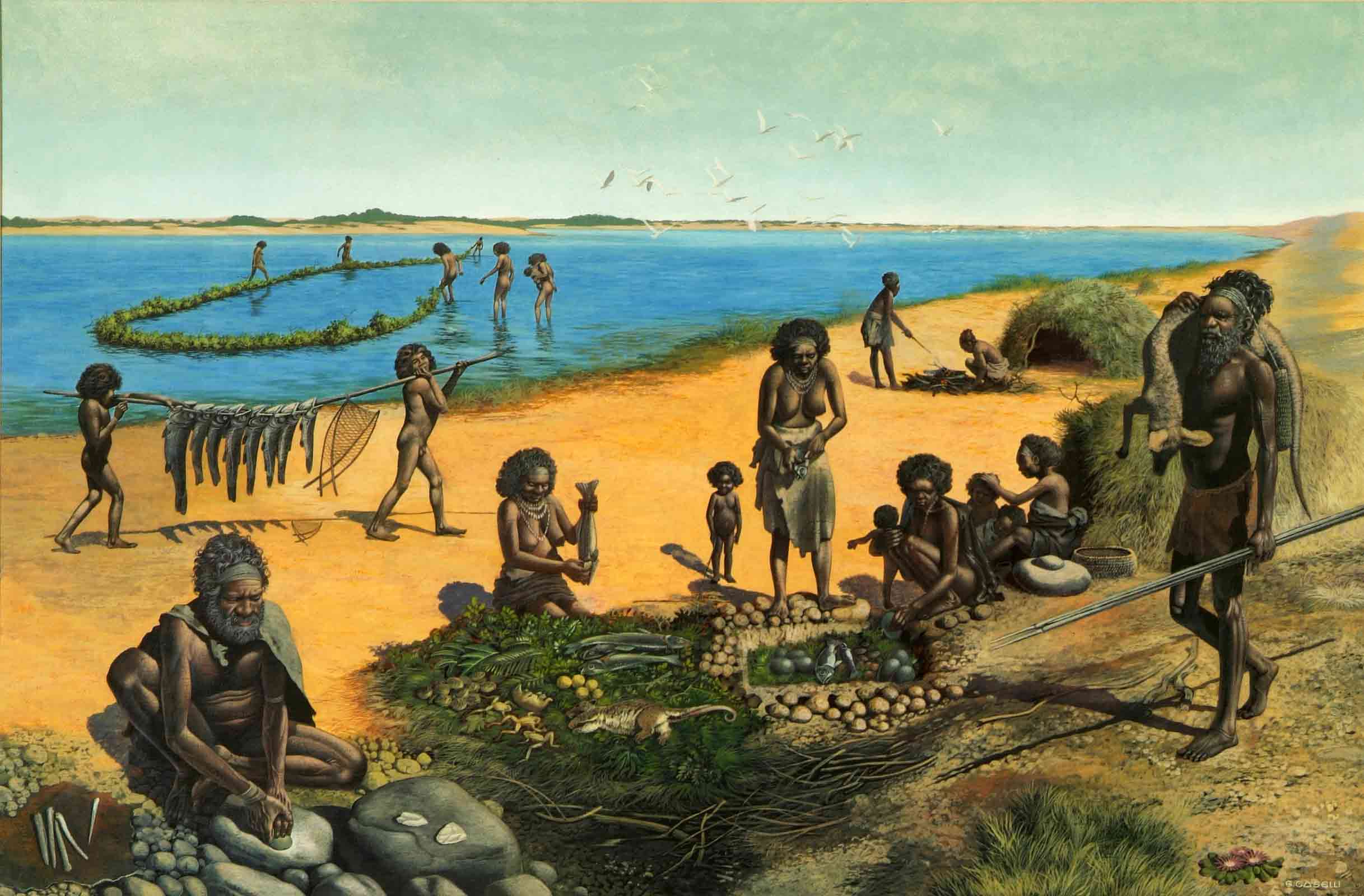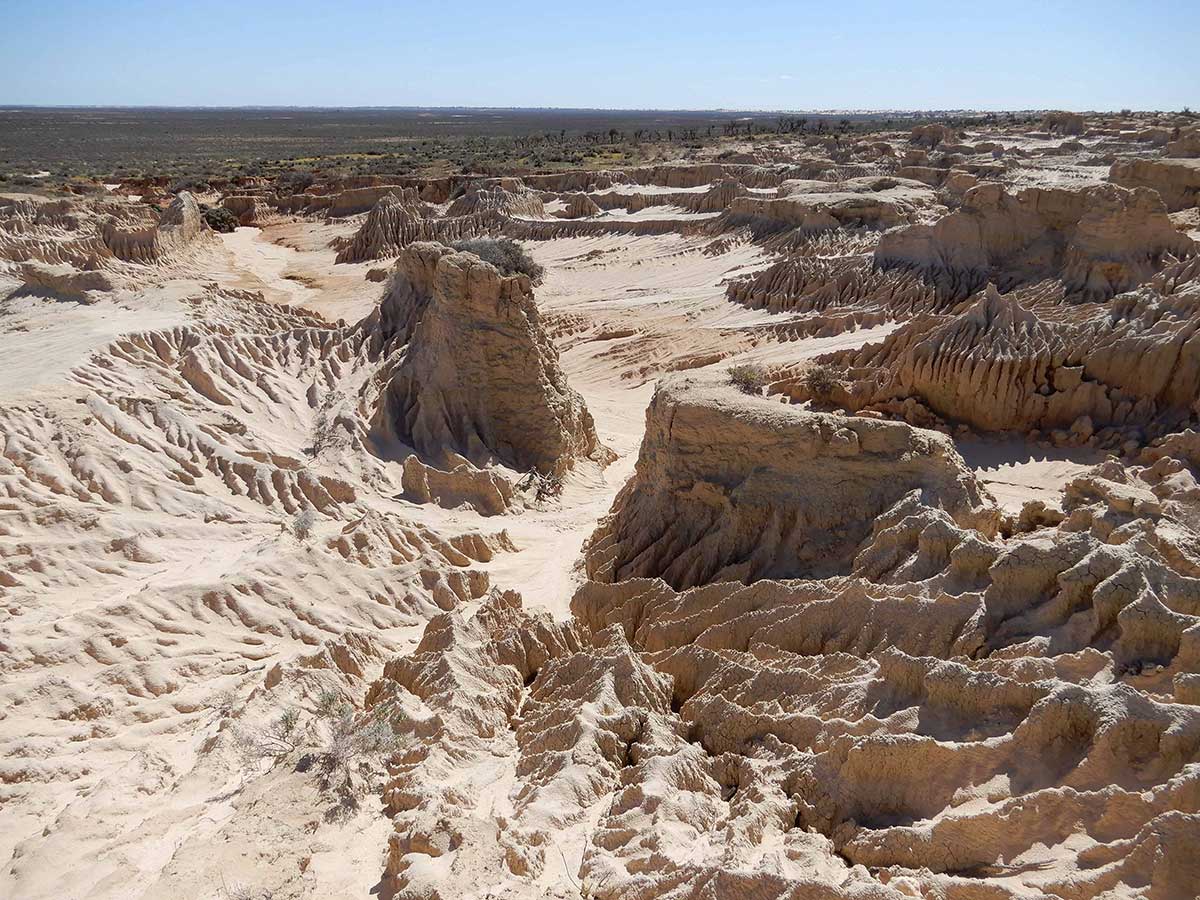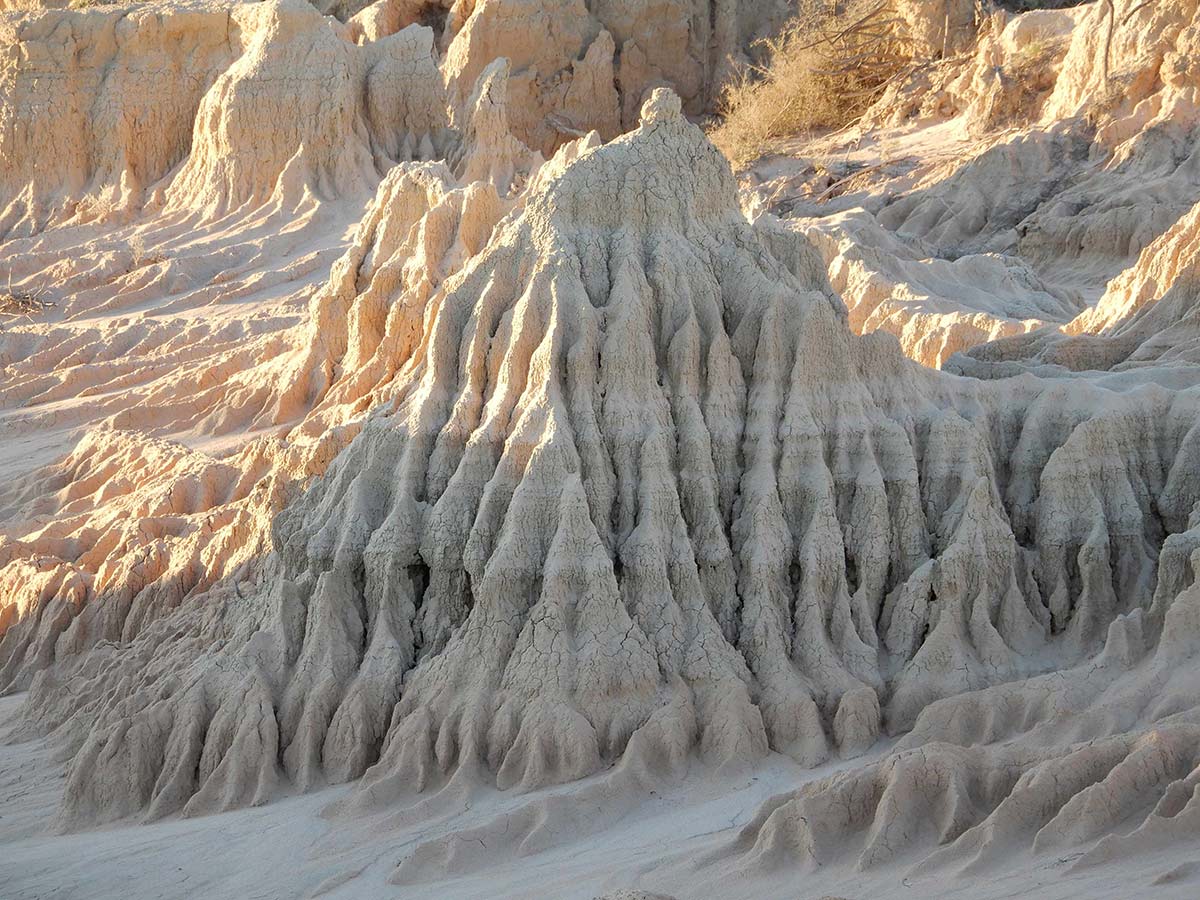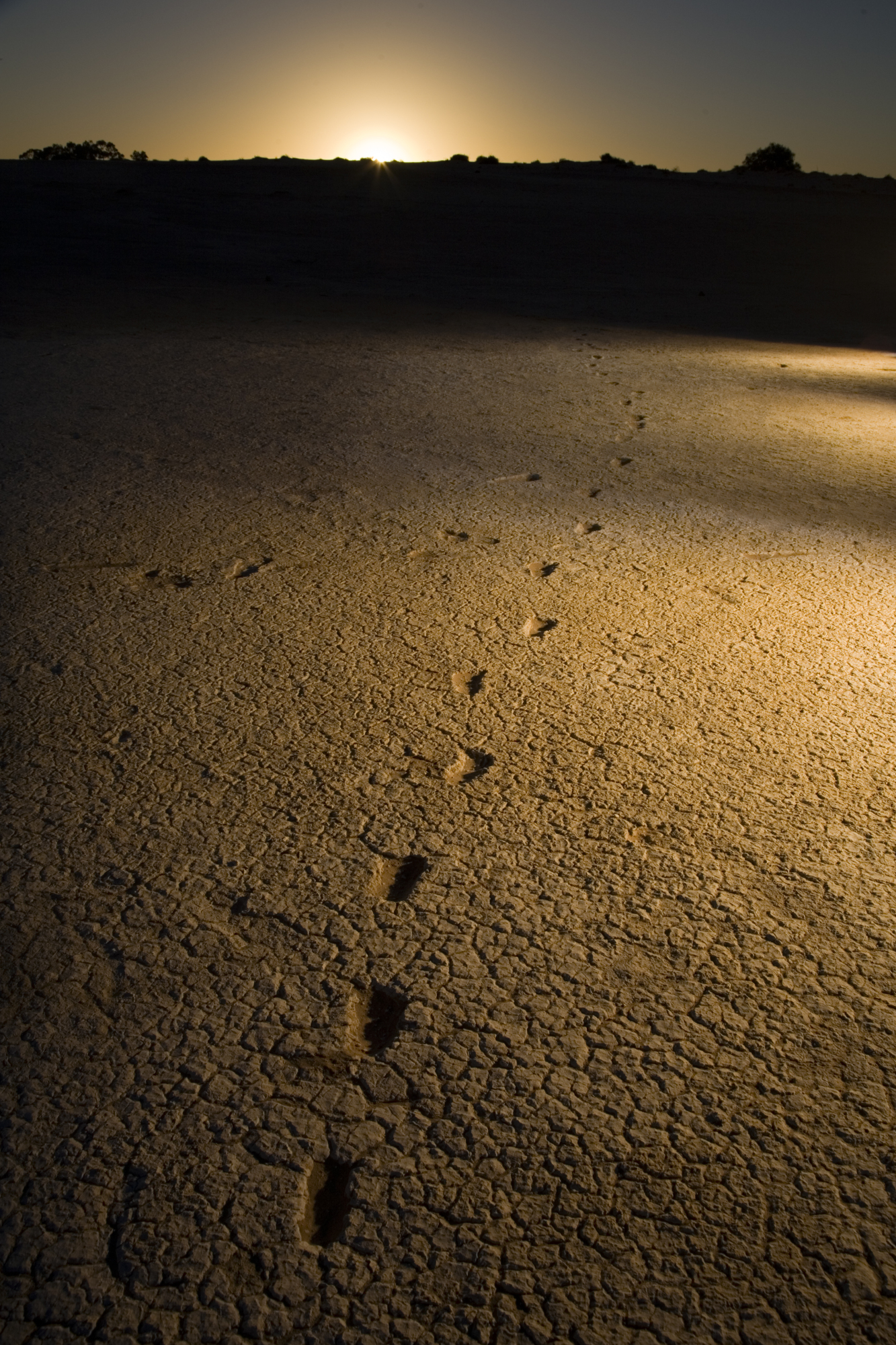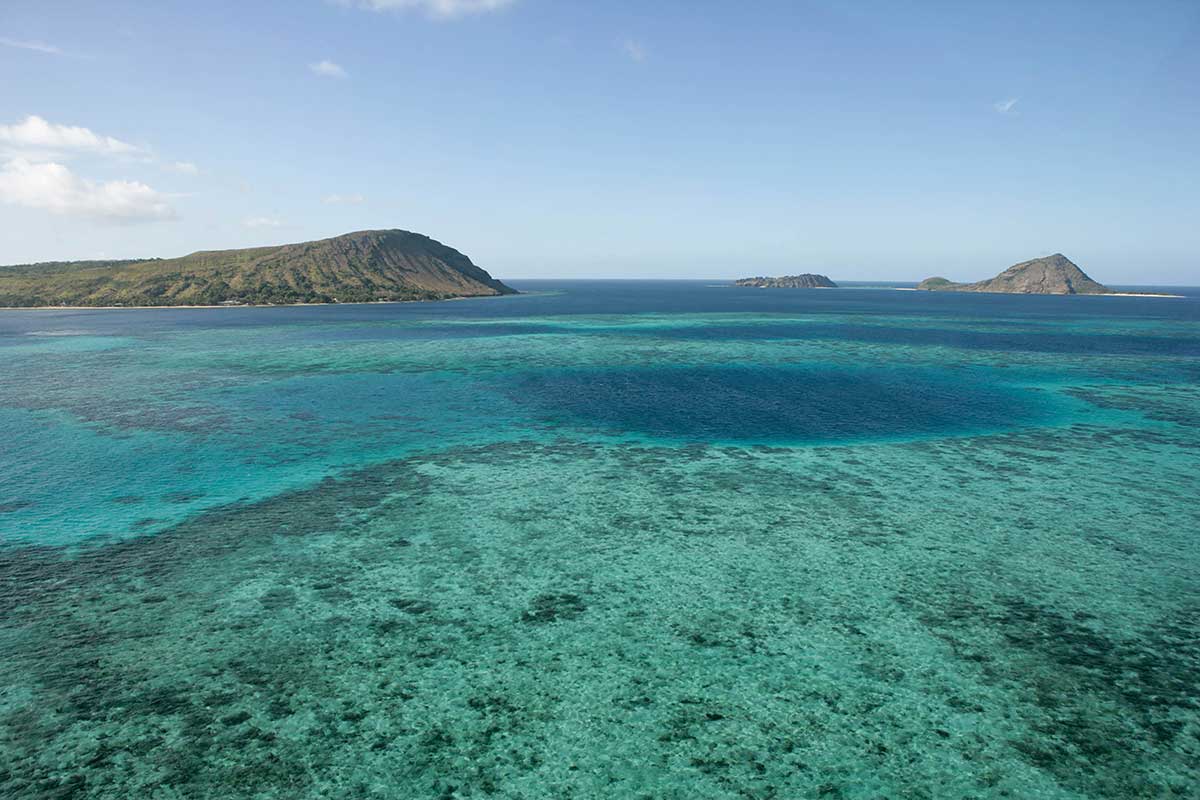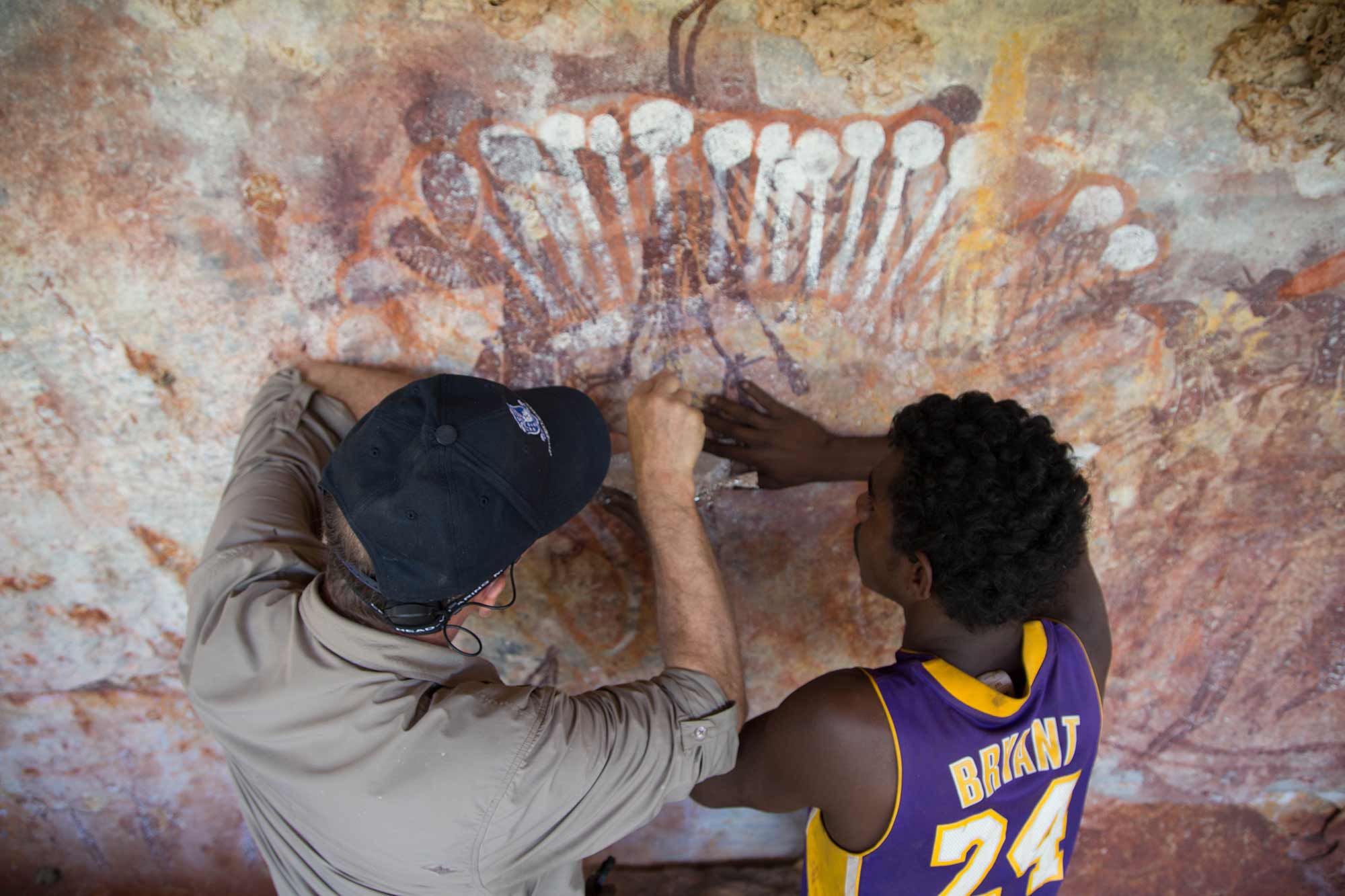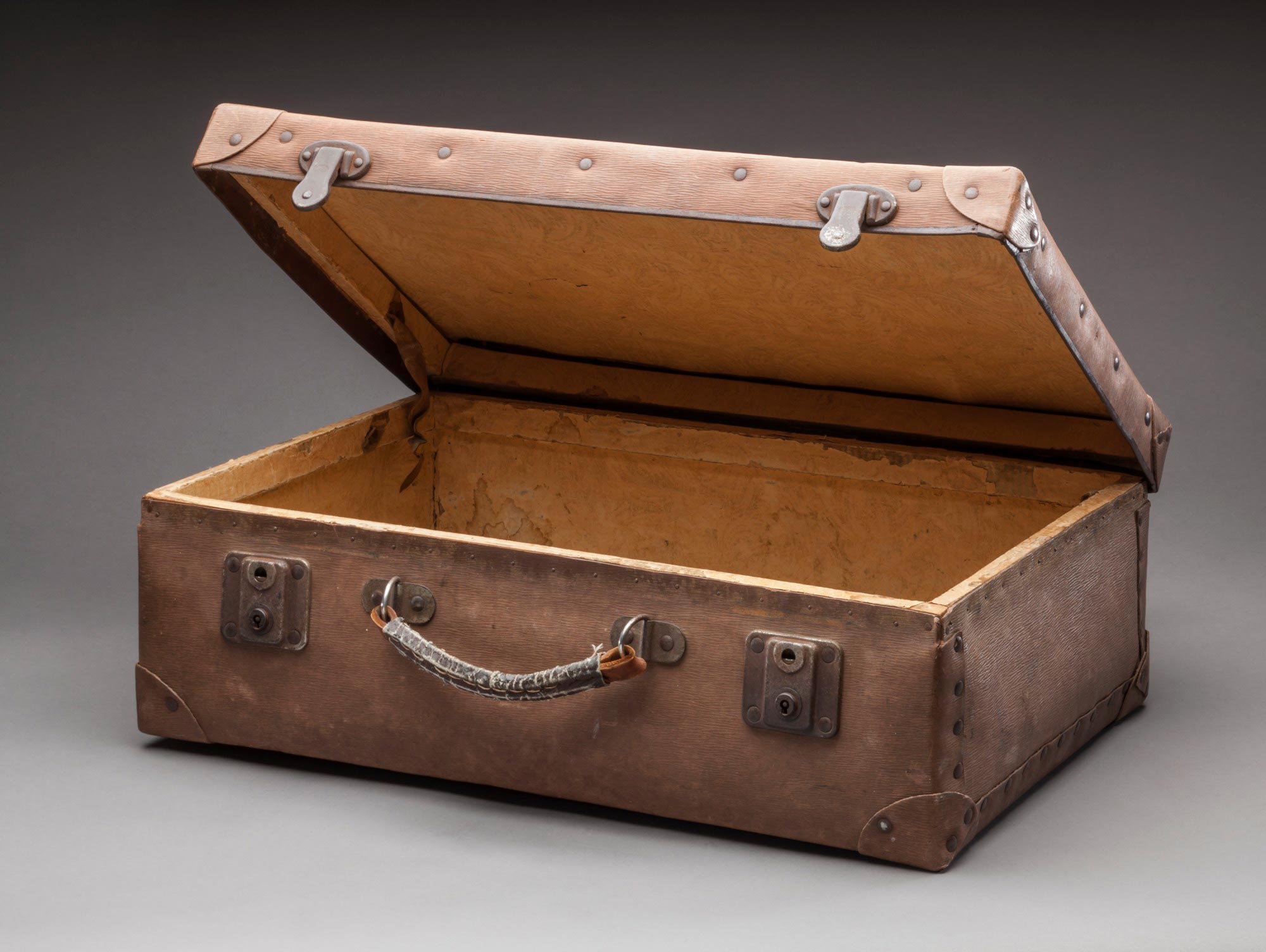Deep time history of Australia
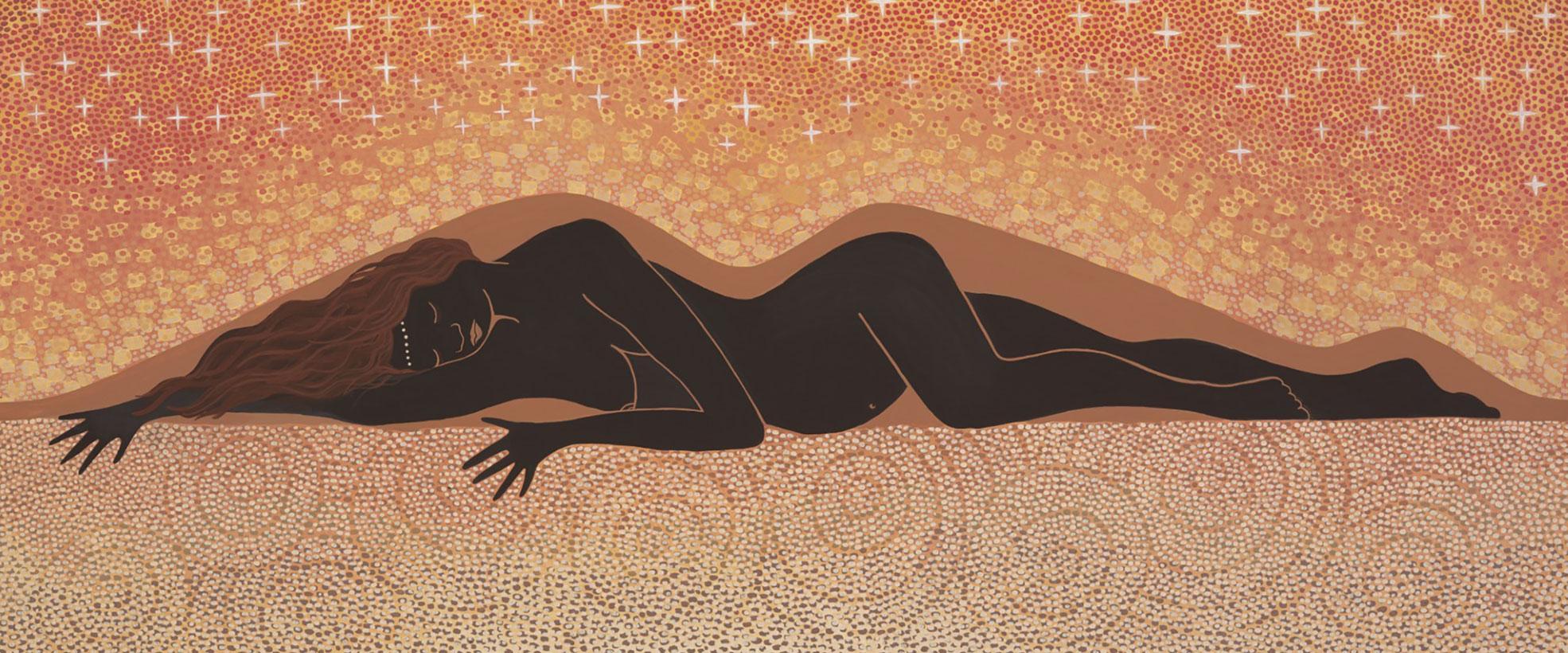
- Year level 7
- Investigations 2
- Activities 10
- Curriculum topic Deep time history of Australia
Aboriginal and Torres Strait Islander cultures are the oldest continuing cultures in the world. Use these free resources to explore our knowledge of First Nations Australians and develop an understanding of the vast, deep time history of Australia.
These resources have been brought together to support the teaching of the Year 7 History sub-strand, Deep time history of Australia.
Classroom delivery
+ -Students are introduced to using evidence to find out about deep time through an investigation of Mungo Lady and Mungo Man, who lived and died at Lake Mungo in New South Wales about 40,000 years ago.
Students explore the story of Gulaga or Mother Mountain, an important women’s place for Yuin people in New South Wales, linked to ceremony, childbirth and storytelling.
Investigation 1: Finding out about Mungo Lady
Students ‘visit’ Lake Mungo as ‘cold case’ investigators and use a variety of archaeological evidence to come to conclusions about Mungo Lady and Mungo Man. They investigate a series of evidence files then complete a cold case report.
Other investigations include students analysing an image of Mungo society, considering Lake Mungo as a UNESCO World Heritage site and completing a quiz.
Investigation 2: Two big ideas in deep time history in Australia
Students then look at additional information about Mungo Lady and Mungo Man. This helps test or affirm initial answers and conclusions and potentially opens new ideas to them.
Students can broaden their understanding of the key ideas raised in the Mungo Lady investigation stage. These are set out as 2 ‘big ideas’.
Each of the investigations can be examined by a small ‘expert group’ which then reports back to the whole class on what they have discovered.
Some of the investigations are more demanding than others. The group examining theories about the arrival of the First Australians may need more teacher assistance.
Investigation 3: Finding out about the Gulaga artwork
Students learn about Cheryl Davison’s artwork and the cultural significance of Gulaga then research a world landform and deliver their findings to the class.
Bringing the Mungo Lady investigations together
Students bring together the knowledge, understanding and historical skills that they have been developing throughout the learning module.
Language use
The term ‘deep time’ is increasingly recognised as a preferred alternative to ‘ancient’ and reflects the language of the Australian Curriculum.
The Museum recognises that terms such as ‘Dreaming’ and ‘Dreamtime’ are related but distinctly different. The Museum has used ‘Dreaming’ here to reflect usage in the Australian Curriculum.
We encourage teachers to discuss how language use changes over time and to think about the cultural implications of exclusively using historical terms that represent a Western linear perspective of time and human activity.
About our learning modules
This learning module is self-contained, and can be:
• a whole class activity
• distributed between small groups, with students reporting back on their findings to the whole class
• select enrichment activities for individual students.
The investigations provide a rich digital resource for classroom use. They include contextual information, documents, images, scaffolded comprehension, analytical and extension questions. Students can explore aspects of 20th century Australian history through text, images and objects.
What constitutes a defining moment in Australian history, and why some issues and situations can be considered more significant than others, is an underlying theme that can be raised with students throughout the module.
Student activities
+ -Investigation 1: Finding out about Mungo Lady
Investigation 2: Two big ideas in deep time history in Australia
Bringing it together
Extended resources
+ -The learning module has been designed to draw on the National Museum of Australia’s Defining Moments in Australian history project, together with supplementary resources.
| At least 65,000 years ago | ‘We are from here’ — Evidence of first peoples | Investigation 2 |
| About 30,000 years ago | Petroglyphs and pictographs — Earliest known Australian rock art | Investigation 2 |
| About 20,000 years ago | Much more than a tool — Earliest evidence of the boomerang | Investigation 2 |
| 1968 | Uncovering ancient Australia — Remains of Mungo Lady found | Investigation 1 |
| 2019 | Aboriginal engineering — Budj Bim Cultural Landscape given World Heritage status | Investigation 1 |
Longer versions of the Defining Moments are available on the National Museum of Australia website:
| At least 65,000 years ago | Archaeological evidence of first people on the Australian continent | Investigation 2 |
| About 30,000 years ago | Earliest known Australian rock art | Investigation 2 |
| About 20,000 years ago | Earliest evidence of the boomerang in Australia | Investigation 2 |
| 1968 | Remains of Mungo Lady found | Investigation 1 |
| 2019 | Budj Bim Cultural Landscape given World Heritage status | Investigation 1 |
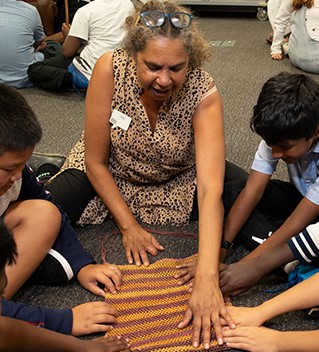
Learning opportunities at the Museum
The National Museum’s dynamic and curriculum-linked school programs and experiences provide awesome experiences for groups large and small. Read about the Museum’s online programs and educator-led programs in Canberra.
Banner image: Gulaga, 2018, by Cheryl Davison, Walbunja/Ngarigo. National Museum of Australia
Discover more about defining moments in Australian history through these curriculum-linked learning activities.




